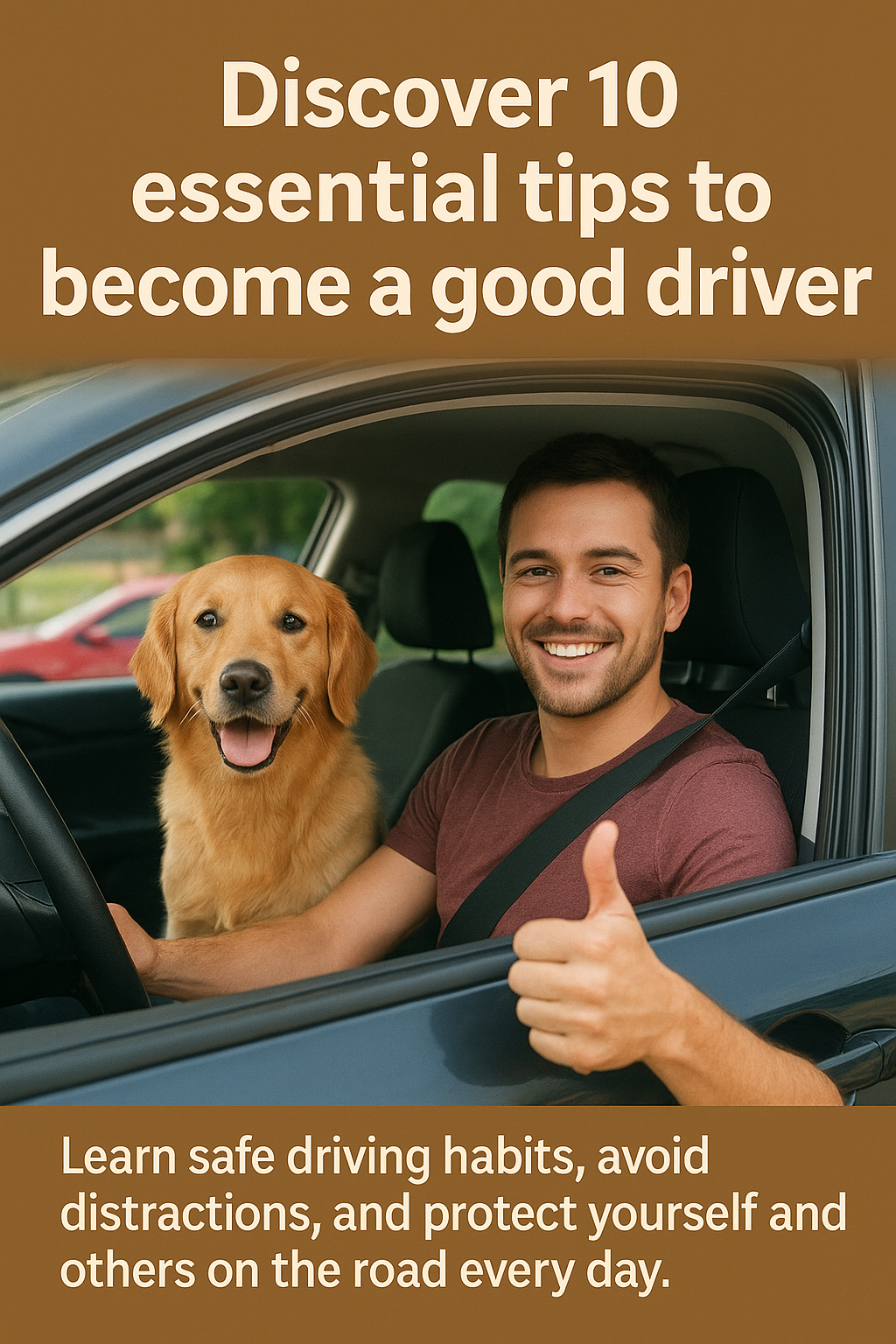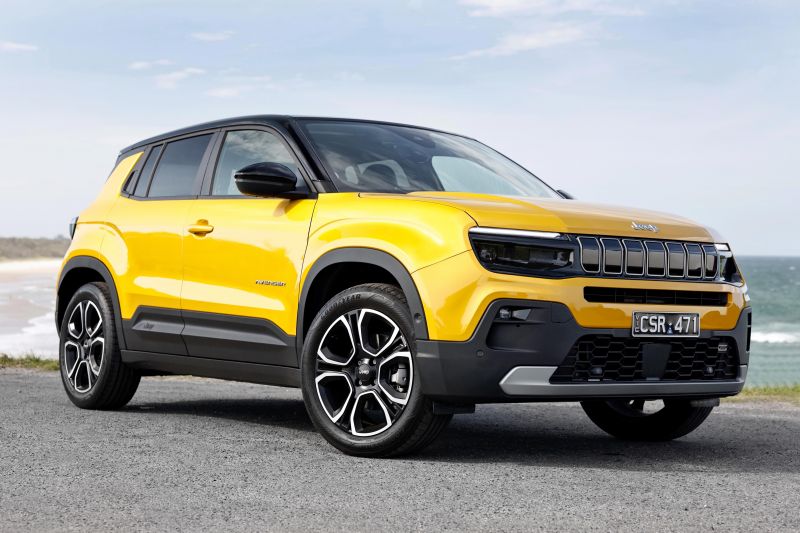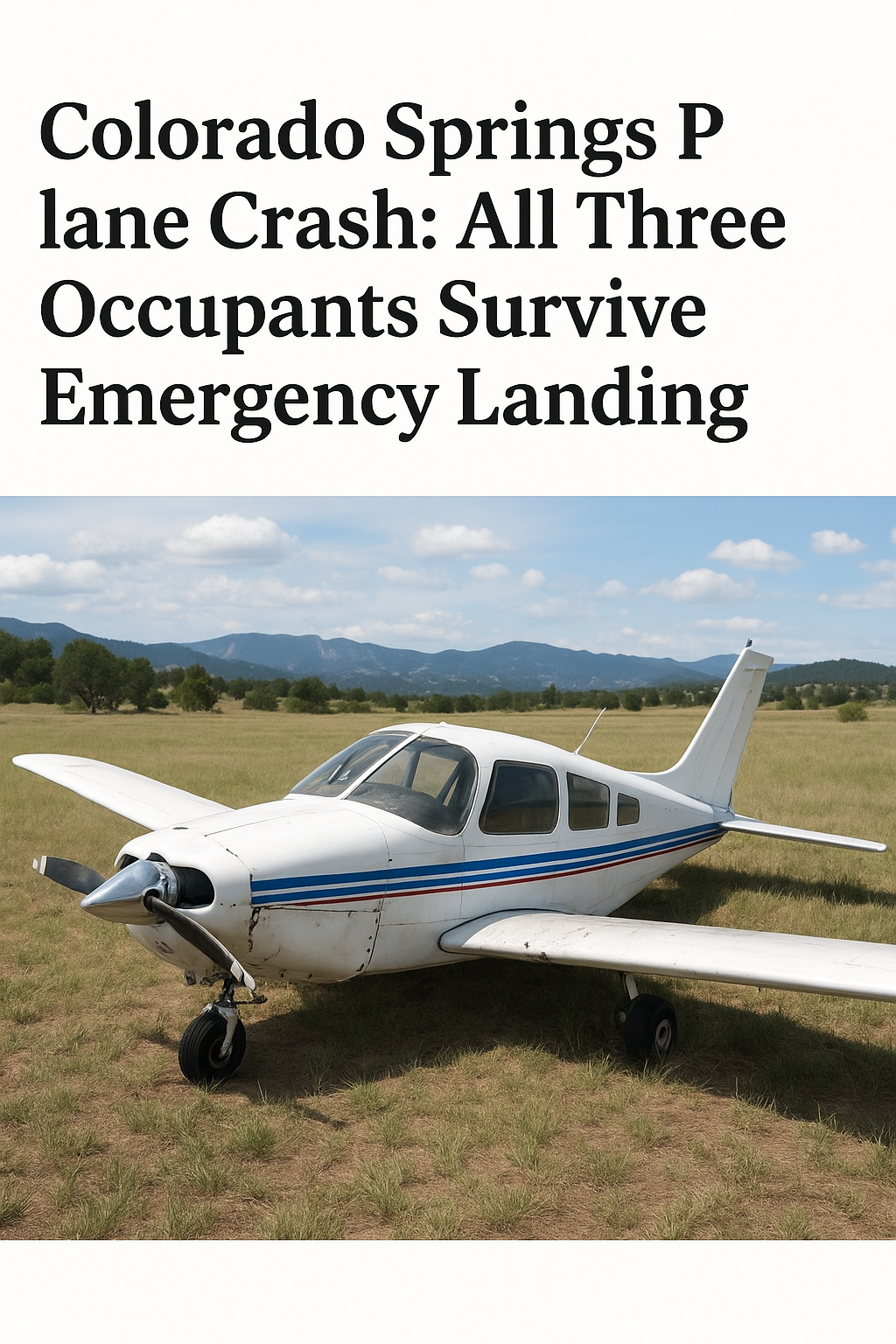10 Tips to Be a Good Driver: Essential Habits for a Safer Road
Introduction
Getting your driver’s license feels like a major milestone, doesn’t it? You pass the test, celebrate the freedom, and suddenly you’re on the road. But here’s the reality check most new drivers face: passing your exam and becoming a truly skilled driver are two completely different things.
The gap between learning the basics quickly and acquiring real driving experience can be surprisingly wide. You might know all the rules in theory, but applying them consistently while navigating real traffic situations? That takes time, patience, and most importantly, the right habits.
That’s where many drivers struggle. It’s not enough to simply know the highway code—you need to internalize it, make it second nature, and develop a genuine sensitivity to road safety regulations. The best drivers aren’t just following rules mechanically; they’ve made safe driving an instinct.
This guide presents ten essential tips designed to transform you into a better, safer driver. Whether you’re a recent license holder or someone looking to refresh their driving practices, these habits will help you navigate the roads with greater confidence and responsibility. Let’s dive into the practices that separate competent drivers from truly excellent ones.
Respecting Laws and Ensuring Personal Safety
Strictly Observe Speed Limits
Speed kills. It sounds dramatic, but the statistics don’t lie. In Quebec, excessive speed remains the leading cause of fatal accidents on our roads. Every time you push past the posted limit, you’re not just breaking a rule—you’re gambling with lives.
Think about it this way: speed limits aren’t arbitrary numbers someone picked out of thin air. They’re calculated based on road conditions, visibility, traffic patterns, and the time you need to react to unexpected situations. When you’re speeding, your reaction time shrinks dramatically, and the force of any potential impact multiplies exponentially.
Respecting speed limits demonstrates maturity behind the wheel. It shows you understand that arriving five minutes earlier isn’t worth the potential consequences. Besides, modern speed enforcement technology makes speeding both dangerous and expensive.
Never Drive Under the Influence of Drugs or Alcohol
Let’s be absolutely clear: driving under the influence of drugs or alcohol isn’t just illegal or irresponsible—it’s essentially a suicidal act that endangers everyone around you. You’re not only risking your own life but also the lives of every person sharing the road with you.
Impaired driving slows your reflexes, distorts your judgment, and creates a false sense of confidence. That “just one drink” mentality has destroyed countless lives. If you’ve consumed alcohol or taken any substance that affects your cognitive abilities, the only responsible choice is to find another way home. Call a taxi, use a rideshare service, ask a friend, or simply wait it out. There’s no excuse worth the alternative.
Being responsible behind the wheel means making the right decision before you even start the engine. Plan ahead if you know you’ll be drinking. Your life and the lives of innocent people depend on it.
Always Wear Your Seatbelt
Your seatbelt is the single most effective safety device in your vehicle. Wearing it should be as automatic as turning the ignition key. Yet surprisingly, some drivers still neglect this simple, life-saving habit.
But here’s what many forget: it’s not just about your own safety. As a driver, you’re responsible for ensuring your passengers buckle up too. Before you put the car in gear, make it a non-negotiable rule that everyone wears their seatbelt. Your copilot and all passengers need that protection just as much as you do.
Modern vehicles have sophisticated restraint systems designed to work together—airbags and seatbelts complement each other. Without a seatbelt, an airbag can actually cause serious injuries. Make buckling up your first action every single time you get in a vehicle.
Respect Traffic Lights and All Road Signage
Traffic lights and road signs exist for one fundamental reason: to protect lives. Every signal, every sign, every road marking serves a specific purpose in keeping traffic flowing safely and preventing accidents.
Running a red light might save you thirty seconds, but it could also result in a devastating T-bone collision. Disregarding a stop sign in a residential area could mean hitting a child on a bicycle. Ignoring yield signs creates dangerous merge situations that can lead to multi-vehicle pileups.
These traffic control devices protect your life and the lives of others. Respecting them should be automatic, not optional. They’re designed by traffic engineers who understand accident patterns and risk factors far better than any individual driver.
Anticipation Techniques and Maintaining Concentration
Avoid All Distractions While Driving
Distracted driving ranks as the second leading cause of fatal accidents. Let that sink in. Your phone notification, that breakfast sandwich, your conversation with passengers—these seemingly innocent activities are literally killing people on the roads.
The smartphone has become the most dangerous object in modern vehicles. Texting while driving makes you 23 times more likely to crash. Looking down for just five seconds at 55 mph means you’ve traveled the length of a football field blindfolded. Would you ever intentionally drive with your eyes closed? Of course not.
Eating, drinking, adjusting the radio, applying makeup, arguing with passengers—all of these pull your attention away from where it needs to be: on the road ahead. Professional drivers understand that concentration isn’t just about looking forward; it’s about actively scanning your environment, checking mirrors, anticipating hazards, and staying mentally engaged with driving.
Make a personal rule: when you’re behind the wheel, driving is your only job. Everything else can wait. Put your phone on silent or use do-not-disturb mode. Finish your meal before you start driving. Have difficult conversations when you’re parked, not moving at highway speeds.
Stay focused on external details—the behavior of other vehicles, pedestrians, road conditions, weather changes. This heightened awareness is what separates cautious, prudent drivers from those who end up in preventable accidents.

Adopt Defensive Driving
Defensive driving means assuming that other drivers might make mistakes—and preparing yourself to avoid the consequences of those mistakes. It’s not about being paranoid; it’s about being prepared and anticipating errors made by others to prevent accidents.
You can follow every rule perfectly, but if the driver next to you runs a red light or merges without looking, you need to be ready to react. Defensive driving means leaving yourself escape routes, anticipating dangerous situations before they develop, and never assuming other drivers will do the right thing.
Watch for signs of erratic behavior in other vehicles. Is someone drifting between lanes? They might be impaired or distracted. Did a car just speed past aggressively? Give them plenty of space. Is a vehicle approaching an intersection too quickly? Prepare to brake even if you have the right of way.
Anticipating these scenarios gives you precious seconds to respond safely. It’s about reading the road like a chess player reads a board—always thinking several moves ahead.
Maintain an Adequate Safety Distance
Tailgating is one of the most common and dangerous habits on modern roads. The vehicle in front of you could brake suddenly for any number of reasons—an animal crossing, a pedestrian, another vehicle cutting them off, debris on the road. If you’re following too closely, you simply won’t have time to stop.
The general rule? Maintain at least a two-second gap in normal conditions, and increase that to four seconds or more in rain, snow, or fog. Here’s how to measure it: pick a fixed object like a sign or tree. When the car ahead passes it, count “one thousand one, one thousand two.” You should reach that object after you finish counting.
This adequate safety distance allows for a complete stop in case of sudden braking by the vehicle in front. It gives you the reaction time and stopping distance needed to avoid rear-end collisions, which are entirely preventable with proper following distance.
Remember, the faster you’re traveling, the more space you need. At highway speeds, consider increasing your following distance even more.
Use Your Turn Signals When Changing Lanes
Turn signals are your communication system with other drivers. Using them properly reduces collision risk considerably by informing others of your intentions well before you make a move.
Yet many drivers treat turn signals as optional, changing lanes abruptly or turning without warning. This creates dangerous situations where other drivers can’t anticipate your movements and may be in the process of making their own maneuvers into the same space.
Make it automatic: signal before every lane change, every turn, every merge. Signal even when you don’t see other vehicles around—you might have missed someone in your blind spot, or a motorcycle that’s harder to spot in your mirrors.
This simple courtesy takes zero effort but makes the road safer for everyone. It’s a basic form of respect for other drivers and a fundamental aspect of predictable, safe driving.
Vehicle Mastery and Maneuver Management
Be Cautious When Entering a Curve
Curves and turns deserve special attention because they’re where many drivers lose control. The proper technique? Brake before entering the curve while your vehicle is still straight. Once you’re in the turn, maintain steady speed and keep both hands firmly on the steering wheel at the nine and three o’clock positions.
This approach gives you maximum control throughout the maneuver. Braking mid-curve shifts your vehicle’s weight distribution unpredictably and can cause skidding, especially in wet or icy conditions. By completing your braking before the turn, you maintain better traction and stability.
Even experienced drivers need to remember: safety is a matter of caution, not just skill. Physics doesn’t care about your experience level. Overcooking a turn can end badly for anyone. The laws of friction, momentum, and centrifugal force apply equally to expert drivers and novices alike.
Approach every curve with respect, reduce your speed appropriately, and maintain firm, steady control of your vehicle throughout the maneuver.
Check Vehicle Condition Before Each Trip
Your vehicle is a complex machine, and like any machine, it requires regular checks to function safely. Before important trips especially, take a few minutes to inspect critical components like tires and windshield wipers.
Check your tire pressure and tread depth—underinflated or bald tires dramatically increase stopping distances and hydroplaning risk. Ensure your lights work properly—headlights, brake lights, and turn signals are essential for visibility and communication with other drivers.
Verify that your windshield wipers are in good condition, because you never know when weather might change. Check fluid levels, particularly oil, coolant, and windshield washer fluid. Listen for unusual sounds when you start the engine. Pay attention to how your brakes feel during your first few stops.
These simple inspections can prevent breakdowns and dangerous mechanical failures that put you and others at risk. A well-maintained vehicle is a safer vehicle, and regular checks are part of being a responsible driver.




